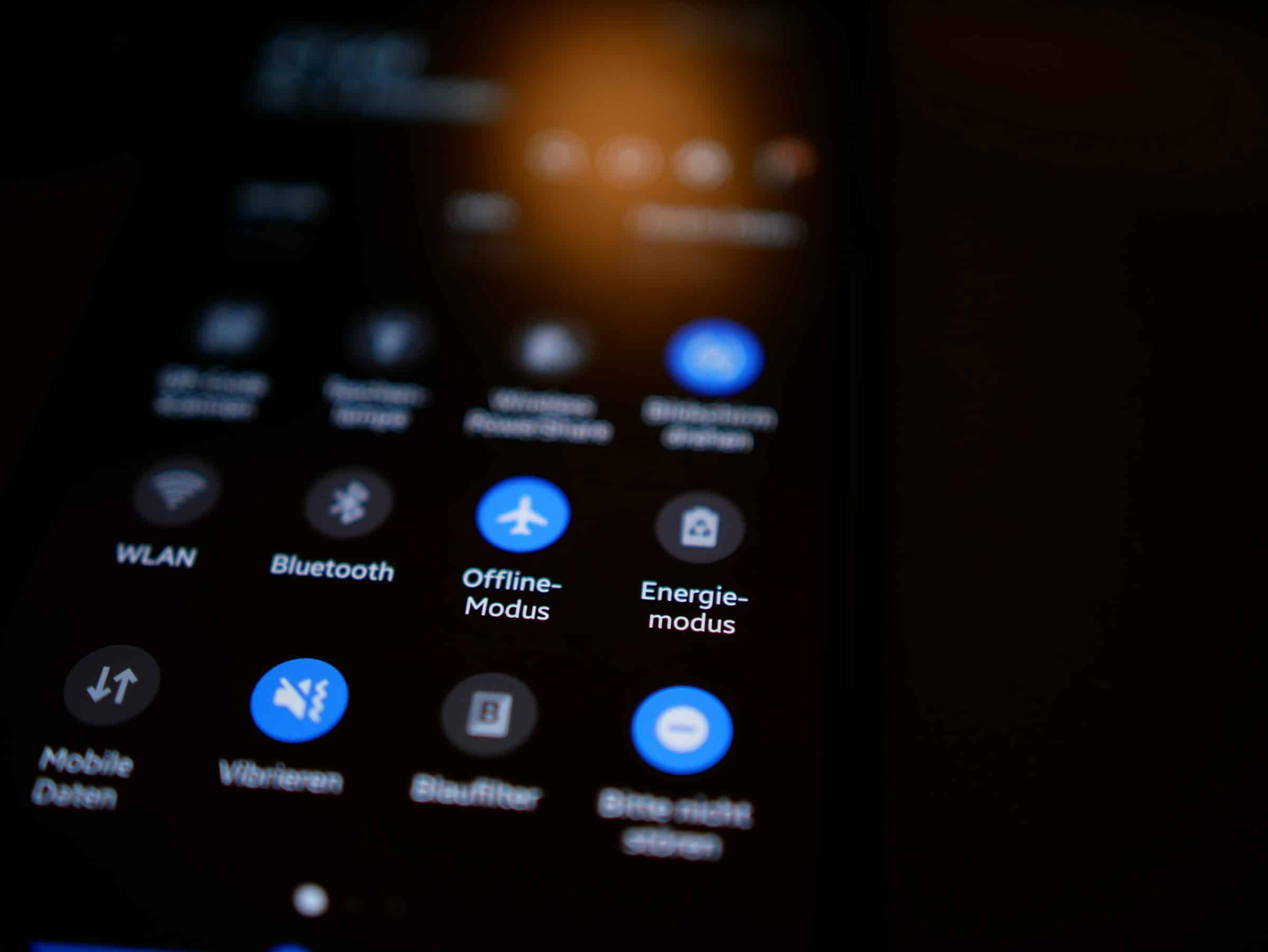How Is Virtual Reality Training Enhancing Skill Acquisition in Hazardous Jobs?

As technology advances, it opens up new realms of possibilities for training in the workplace. One prime example of this is the use of virtual reality (VR). This immersive technology is revolutionizing the way employees acquire skills, particularly in hazardous jobs where safety is of utmost importance. By providing realistic scenarios for practice and development, VR has bridged the gap between traditional learning methods and hands-on experiences. But how exactly is VR training enhancing skill acquisition? Let’s delve into this.
The Immersive Power of Virtual Reality in Learning and Training
Virtual reality, a technology that creates a simulated environment, has shown immense potential in the realm of training. This section will explore the immersive experiences it offers and its impact on learning and skills acquisition.
Avez-vous vu cela : What’s the Potential of Nano-Encapsulation Techniques in Extending Food Shelf Life?
Embracing VR for training purposes offers a myriad of benefits, with immersion at the top of the list. Unlike traditional training methods, which might involve reading manuals or watching videos, VR places employees in a realistic representation of their work environment. This level of immersion not only makes the training more engaging but also has the potential to enhance retention and comprehension of the information.
Employees are exposed to the actual tasks, tools, and scenarios they would face in their roles, helping them to acquire necessary skills in a safe and controlled environment. This means that workers in hazardous jobs can get a sense of the risks and challenges associated with their roles without being in actual danger.
Sujet a lire : Can AI-Driven Crop Monitoring Satellites Reduce the Environmental Impact of UK’s Agriculture?
Virtual Reality Scenarios for Skill Development
One of the key elements of VR training is the use of scenarios. Let’s delve into how these scenarios aid in skill development, specifically in jobs that come with a degree of risk.
Virtual scenarios provide an excellent platform for practice. Employees can perform a task multiple times in a simulated environment until they achieve proficiency. This repetitive practice, which would be difficult and potentially dangerous in a real environment, aids significantly in skill development.
Furthermore, VR scenarios are not limited to the basic tasks. Complex and risky operations, often deemed too dangerous for practice in a real environment, can be simulated. This allows employees to gain exposure and experience handling unprecedented situations, thus equipping them with the skills needed to respond effectively and safely when such situations arise in reality.
Safety and Performance Improvement with Virtual Reality Training
Safety is a major concern in hazardous jobs. This section will delve into how virtual reality training can help improve safety and performance.
With VR training, employees can understand, practice, and master safety procedures in a risk-free environment. Not only does this increase their safety awareness, but it also helps to instill a safety culture within the workplace. In the event of an emergency, employees trained in VR are likely to react more swiftly and effectively due to their prior experiences in similar, simulated situations.
Moreover, VR training provides immediate feedback, allowing employees to learn from their mistakes and improve their performance. The experiences gained through VR training are more vivid and impactful, leading to higher retention of information and improved skills.
Real-Time Assessment and Skill Validation with Virtual Reality
Virtual reality technology has made it possible to assess skills in real-time and validate them based on performance. Let’s explore this further.
VR training platforms can track and evaluate an employee’s performance in the virtual environment. This includes recording reaction times, decision-making skills, and adherence to safety protocols. The data collected provides a detailed picture of a worker’s skills and areas that might need further training.
This real-time assessment and validation of skills makes VR training a powerful tool for staff development. It allows companies to ensure that their employees are not only knowledgeable but also competent in their roles, thereby reducing the risk of accidents and enhancing productivity.
The Future of Skill Acquisition in Hazardous Jobs
We’ve seen how virtual reality training is currently enhancing skill acquisition in hazardous jobs. But what does the future hold for this technology?
As VR technology continues to evolve, training programs are likely to become even more immersive and realistic. We could see more sophisticated simulations that can mimic sensory experiences, such as touch or smell, for a more comprehensive training experience.
In addition, the integration of AI with VR could provide personalized training experiences. By analyzing an individual’s performance data, the AI could modify the training scenarios to address specific weaknesses, thereby enabling more targeted skill development.
Overall, the future of VR in training is bright and promises to transform how skills are acquired in hazardous jobs. The potential benefits of this technology, from improved safety to enhanced performance, make it an investment worth considering for any company that prioritizes employee development and safety.
The Role of Virtual Reality in Soft Skills Acquisition
While much of the focus on VR training revolves around technical skills and safety procedures, it also plays an integral role in the development of soft skills. Let’s look further into how VR facilitates the acquisition of these essential abilities.
Soft skills, such as communication, teamwork, and decision making, are crucial in high-risk jobs. VR training can help foster these skills by simulating scenarios that require their application. For instance, a trainee might be put in a virtual scenario where they need to communicate effectively with a team to defuse a hazardous situation. This way, they can practice and refine their communication skills in a safe yet realistic environment.
Moreover, VR can simulate high-pressure situations, which can help employees develop their decision-making abilities. By exposing them to such scenarios in a controlled environment, they learn to make quick, informed decisions without the risk of real-life repercussions. This simulation-based approach aids not only in skill acquisition but also confidence-building, preparing employees to handle complex situations in their actual workplace.
Furthermore, VR training can help foster empathy, a crucial soft skill in any job. For example, by immersing trainees in virtual situations that mimic the experiences of their colleagues or even the people they serve, VR can help cultivate a deeper understanding and appreciation of others’ perspectives.
In summary, VR training is a potent tool for soft skills acquisition, offering realistic, immersive learning experiences that would be hard to replicate through traditional training methods.
The Impact of VR Training on Medical Education
The potential benefits of VR training are not confined to industrial or hazardous jobs. In fact, it holds immense promise for medical education as well. Let’s take a closer look at its impact in this field.
Medical procedures are high risk, requiring absolute precision and a deep understanding of human anatomy. This makes medical education a perfect candidate for VR training. For instance, surgical trainees can practice complex procedures in a virtual environment before performing them on actual patients. This not only enhances their technical skills but also helps reduce errors, thereby improving patient safety.
Moreover, VR simulations can be used to teach medical students about various diseases and conditions. By visualising the impact of these conditions on the human body in a 3D environment, students gain a deeper understanding than they would from traditional textbooks or lectures.
Virtual patients can also be used in VR training, enabling students to practice their diagnostic skills in a safe, controlled environment. These virtual patients can exhibit a wide range of symptoms and conditions, providing a comprehensive learning experience.
Furthermore, medical teams can use VR to practice emergency response procedures. By simulating real-life emergencies, teams can train on the best methods to coordinate, make swift decisions, and deliver medical care, thereby improving overall team performance.
In conclusion, VR technology is transforming medical education by facilitating immersive training experiences and enhancing skill acquisition. As the technology evolves, we can only expect its impact to grow, making it an indispensable tool for training in hazardous jobs.
